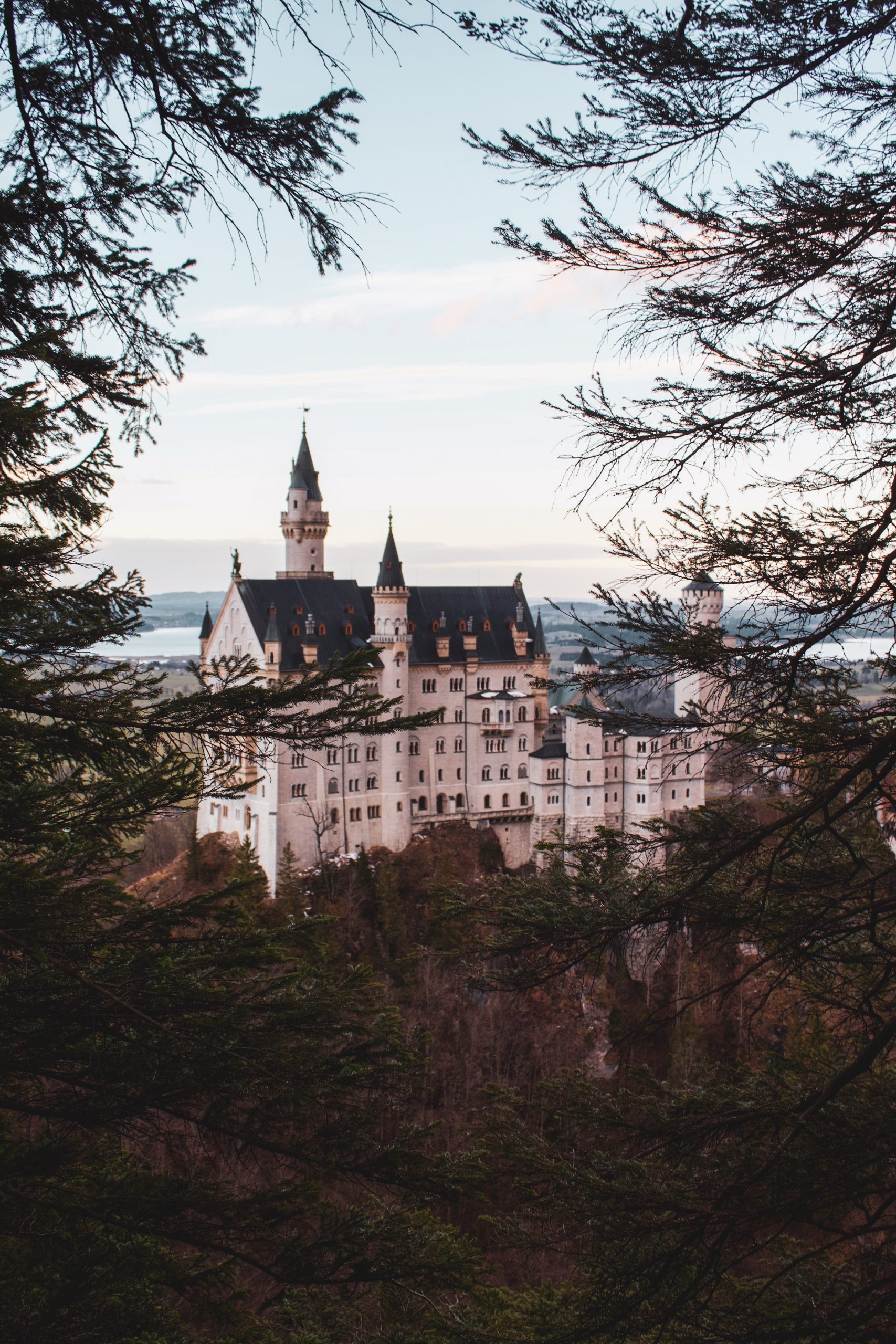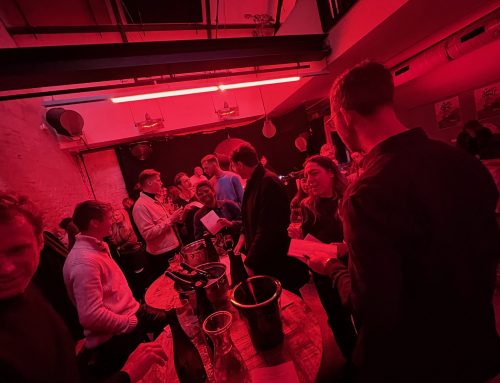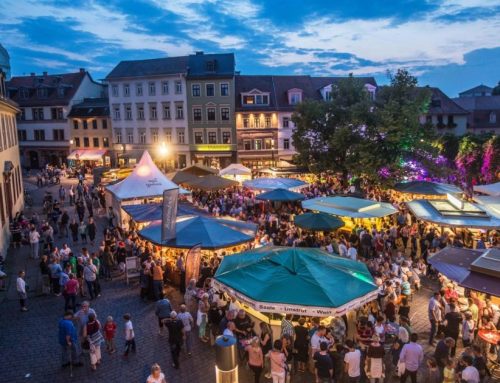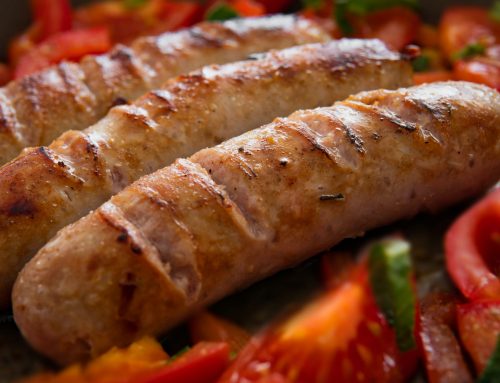Probably the most famous castle in Germany, if not one of the most famous in the world. From looking straight out of a fairytale to actually inspiring one of them. You might already know what we are talking about, the Neuschwanstein Castle, or Schloss Neuschwanstein in German.
Many people recognize the grand architecture building by its magical shape, not to mention that it inspired Cinderella’s castle. But what not many people know is the story behind one of Germany’s most important sightseeing. In fact, I am sure that you might think this is a medieval castle built at least 500 years ago. Well, I am sorry to crash your dreams, but the castle was actually built in the 19th century. The construction started in September of 1869 and finished in 1886. Meaning that it is 134 years old! Of course, this doesn’t discredit the fact that it is a magnificent structure which has a rich history that no one is talking about…
Let’s begging with it:
As mentioned, it was built in the 19th century, under the desire of King Ludwig II of Bavaria to have his own private residence. Although he never saw it completely finished since he passed away before the construction concluded. Shortly after his death, it opened to the public in 1886 and since then around 61 million people have visited the castle.
Where is it located?
In the municipality of Schwangau lies at an elevation of 800 m (2,620 ft) at the southwest border of the German state of Bavaria. Its surroundings are characterised by the transition between the Alpine foothills in the south (toward the nearby Austrian border) and a hilly landscape in the north that appears flat by comparison.
This is not the first castle to be ever built in the area, moreover in the Middle Ages three castles overlooked the villages. One was called Schwanstein Castle. In 1832, Ludwig’s father King Maximilian II of Bavaria bought its ruins to replace them with the comfortable neo-Gothic palace known as Hohenschwangau Castle. Finished in 1837, the palace became his family’s summer residence, and his elder son Ludwig (born 1845) spent a large part of his childhood here.
Then Vorderhohenschwangau Castle and Hinterhohenschwangau Castle sat on a rugged hill overlooking Schwanstein Castle, two nearby lakes (Alpsee and Schwansee), and the village. Separated by only a moat, they jointly consisted of a hall, a keep, and a fortified tower house. In the nineteenth century only ruins remained of the twin medieval castles, but those of Hinterhohenschwangau served as a lookout place known as Sylphenturm.
The ruins above the family palace were known to the crown prince from his excursions. He first sketched one of them in his diary in 1859. When the young king came to power in 1864, the construction of a new palace in place of the two ruined castles became the first in his series of palace building projects. Ludwig called the new palace New Hohenschwangau Castle; only after his death was it renamed Neuschwanstein. The confusing result is that Hohenschwangau and Schwanstein have effectively swapped names: Hohenschwangau Castle replaced the ruins of Schwanstein Castle, and Neuschwanstein Castle replaced the ruins of the two Hohenschwangau Castles.
The inspiration and design:
Neuschwanstein embodies both the contemporaneous architectural fashion known as castle romanticism (German: Burgenromantik), and King Ludwig II’s enthusiasm for the operas of Richard Wagner.
During that period, in the 19th century many castles were either constructed or reconstructed, often the changes were made to make them more picturesque.
The building design was drafted by the stage designer Christian Jank and realised by the architect Eduard Riedel. For technical reasons, the ruined castles could not be integrated into the plan. Initial ideas for the palace drew stylistically on Nuremberg Castle and envisaged a simple building in place of the old Vorderhohenschwangau Castle, but they were rejected and replaced by increasingly extensive drafts, culminating in a bigger palace modelled on the Wartburg. The king insisted on a detailed plan and on personal approval of each and every draft. Ludwig’s control went so far that the palace has been regarded as his own creation, rather than that of the architects involved.
What is in the inside of it?
Well, such a building must not be empty inside, of course not. It has more than 200 interior rooms! Including premises for guests and servants, as well as for service and logistics. The most remarkable ones are the Hall of the Singers, the Throne Hall, Drawing Room, Study Room, Dining Room and Bedroom.
When is the best time in the year to visit?
Well one time is not enough since the whole scenario changes in the different seasons of the year. Autumn is wonderful with the contrast of the white facade and the yellow-orange-red colour of the tree leaves. During the winter you can experience a dramatic snowed landscape that will make you feel inside a movie. In the spring is probably the perfect moment for you to visit with a loved one since the whole place feel romantic. Besides the fact that it has a Romanesque Revival architecture. Probably you think that summer is also a good time to visit but it would be very crowded with tourists. Well any time of the year there are tourist since. If you can, visit the castle in all 4 seasons to later decide which time of the year is better.







Leave A Comment